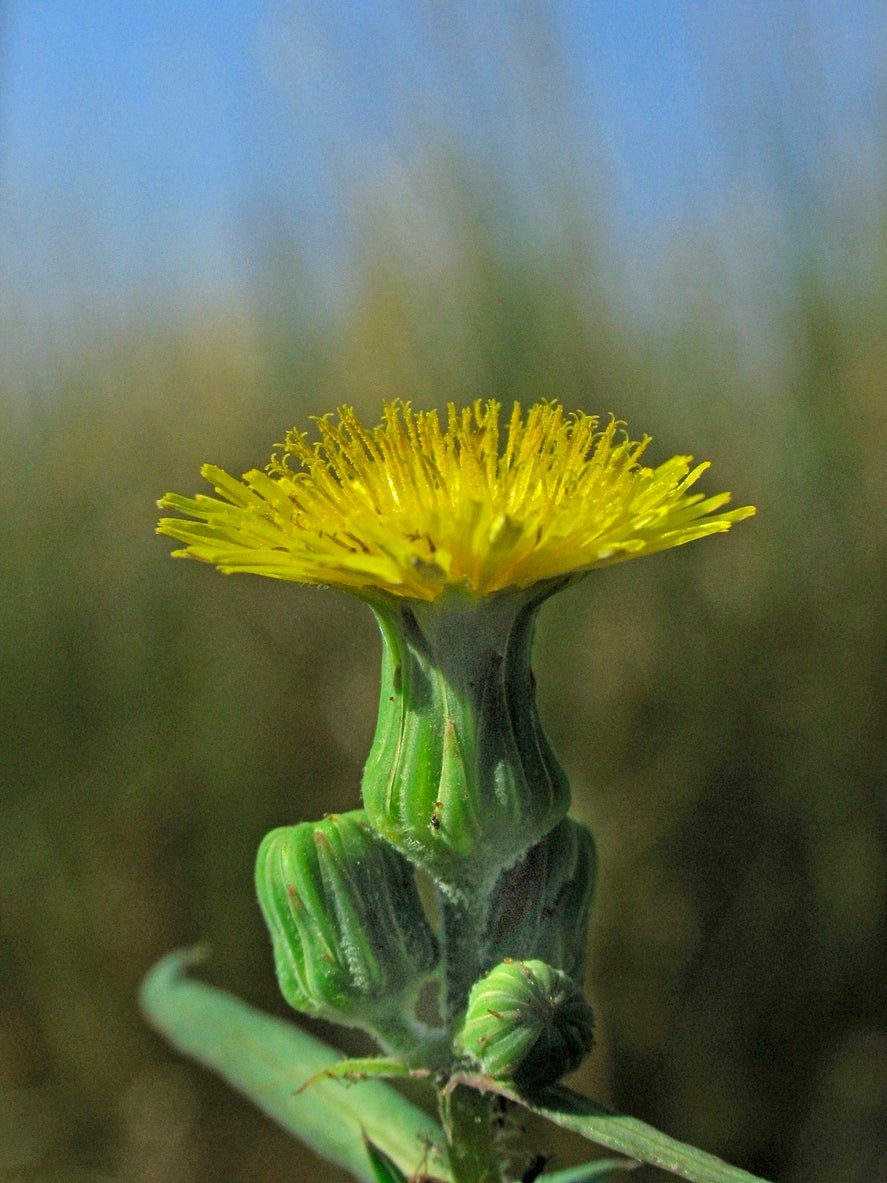Using Cat’s Ear Plants: What Are The Benefits Of Cat’s Ear


To homeowners who desire a perfectly manicured lawn, persistent weeds like dandelion, purslane, plantain, and cat's ear can evoke anger and hatred. However, to gardeners who are fascinated by the healing properties of plants, these same little “weeds” are cherished treasures. While most gardeners and herbalists have probably heard of the excellent medicinal and culinary uses of dandelion, plantain, and purslane, cat's ear is an oftentimes overlooked and underappreciated herb that is loaded with antioxidants. Continue reading for tips on using cat’s ear plants and learn how to reap the many cat's ear benefits by keeping this plant around.
Is Cat’s Ear Edible?
Cat's ear plant is a perennial native to Europe, which has naturalized in North America, Australia, New Zealand, Japan, and other regions. In many of these places, cat's ear is considered a nuisance or noxious weed, but in other places, it is considered a culinary or herbal treasure – all parts of cat's ear are edible and the plant is high in antioxidants, potassium, and lutein. Cat's ear plants bear a striking resemblance to dandelion, and is often called false dandelion. Like dandelion, cat's ear plants form yellow composite flowers on hollow stems, which secrete a milky substance when snapped. The stem grows from a rosette of deeply toothed leaves. After the blooms fade, like dandelion, cat's ear produces orb-shaped, fluffy seed heads that disperse and float in the wind on fine, silky parachutes. It is very easy to mistake cat's ear for dandelion. Prolific seed dispersal and the plant’s unique survival strategies have earned it its own name as a nuisance though. Cat's ear plants will take on a prostrate, or spreading, growth habit in lawns which are frequently mowed. This flat growth allows the plant to stay just below average mowing heights. In narrow or tight regions, the plant’s adaptability also allows it to grow upright and tall. This tough survivor is listed as a noxious weed in some areas, so you should check for local restrictions before growing cat's ear.
Common Cat’s Ear Uses
While cat's ear has a pretty bad reputation in North America, it is a common culinary and medicinal herb in its native range. It was brought to North America by early settlers because of its uses as food and medicine. As an herbal remedy, cat's ear uses include treating kidney problems, urinary tract infections, gall bladder issues, constipation, rheumatism, and liver problems. Its root contains a natural cortisone which is used to treat allergies, rashes, and other itchy skin issues in both people and pets. In Greece and Japan, cat's ear is grown as a garden green. The young, tender foliage is eaten raw in salads or cooked in an array of local dishes. The flower stems and buds are steamed or sautéed, like asparagus. Cat's ear root can also be steamed and sautéed, or roasted and ground into a coffee-like beverage. If you would like to take advantage of the benefits of cat's ear, be certain to only collect wild plants from sites where you know there is no chemical or otherwise harmful ground contamination. Disclaimer: The contents of this article is for educational and gardening purposes only. Before using or ingesting ANY herb or plant for medicinal purposes or otherwise, please consult a physician, medical herbalist or other suitable professional for advice.
Sign up for the Gardening Know How newsletter today and receive a free copy of our e-book "How to Grow Delicious Tomatoes".

Darcy is a former contributor to Gardening Know How. She is a professional landscape designer and gardening writer with experience in plant sales. An avid gardener, Darcy has a passion for sharing practical tips to help others grow.